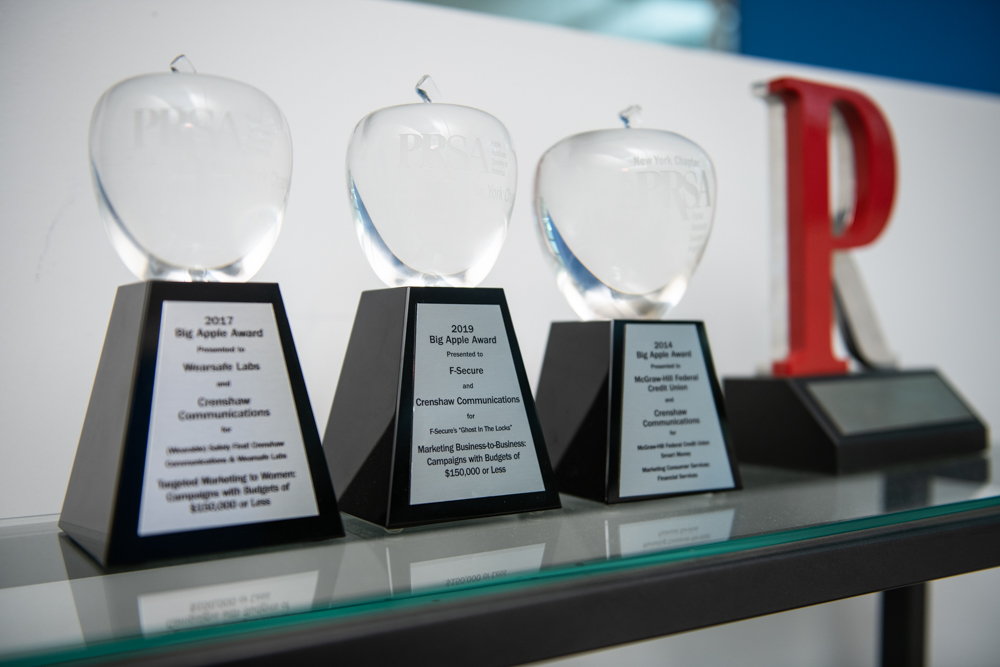By guest blogger George Drucker
It’s awards season. No, not Oscars, Emmys, or YouTube. It’s the time of year where you or your PR agency, whether doing brand public relations, B2B PR, consumer PR or the like, can demonstrate your creativity, media skills, digital savvy and communications expertise in a truly competitive setting.
Winning industry awards, particularly those with few categories and high recognition, is not just a great ego boost for you and your team, but a solid way to distinguish yourself and build a professional reputation. Don’t we advise clients to focus on their “key differentiators”? Industry recognition is by definition a key differentiator.
But don’t do it for yourself. Do it for your clients as well. It allows the client to bask in the glory of recognition, and it may enable them to merchandise PR strategies within their organization. It can create a self-fulfilling sense of pride from the communications division to the C-suite.
We’ve had the good fortune to serve on many judging panels for the top PR Awards from the Silver Anvils to the SABREs, and there are many learnings from being on that side of the table. A few tips to help ensure that you get noticed or, better yet, win!
Set a time and expense budget. This one’s in the “if it’s worth doing, it’s worth doing well” category. It’s a waste to enter if you can’t devote the time, or if things are cobbled together at the last minute. Entries are often expensive as well, so you may choose to enter one, meticulously prepared campaign in a category that makes sense.
Definable, measurable, relevant research is essential. Gather the best information and data you can find to support and inform all elements of your campaign or activity, from strategies to goals to tactics and conclusions. And don’t make it nebulous. Make sure it’s relevant and precise.
Be strategic. Yes, it’s a cliché, but it’s vital to get it right. Make sure you distinguish between a strategy, an objective and a tactic. They are distinct and serve different purposes, so make it clear to the judges you “get it.”
Show creativity. It doesn’t matter what the campaign or activity is, whether a public affairs issue, a crisis action, or consumer campaign. Inventive thinking really matters. Sometimes it’s a simple twist on the traditional or a new execution for an “old” idea. It’s how you can get heard above the noise and make the effort remembered and recognized. Yet, a creative idea without strategic direction is creativity lost.
Choose categories wisely. Be careful and clear in selecting the right category (or categories) for your entry. Don’t try to fit a square peg in a round hole. Be very mindful of the published criteria for submissions. Judging dozens of written entries can be overwhelming and time-consuming, and sometimes the judges are looking for a reason to eliminate one to simplify the task. The wrong category will also raise a red flag about your thinking and attention to rules.
Now go home and polish your acceptance speech.



